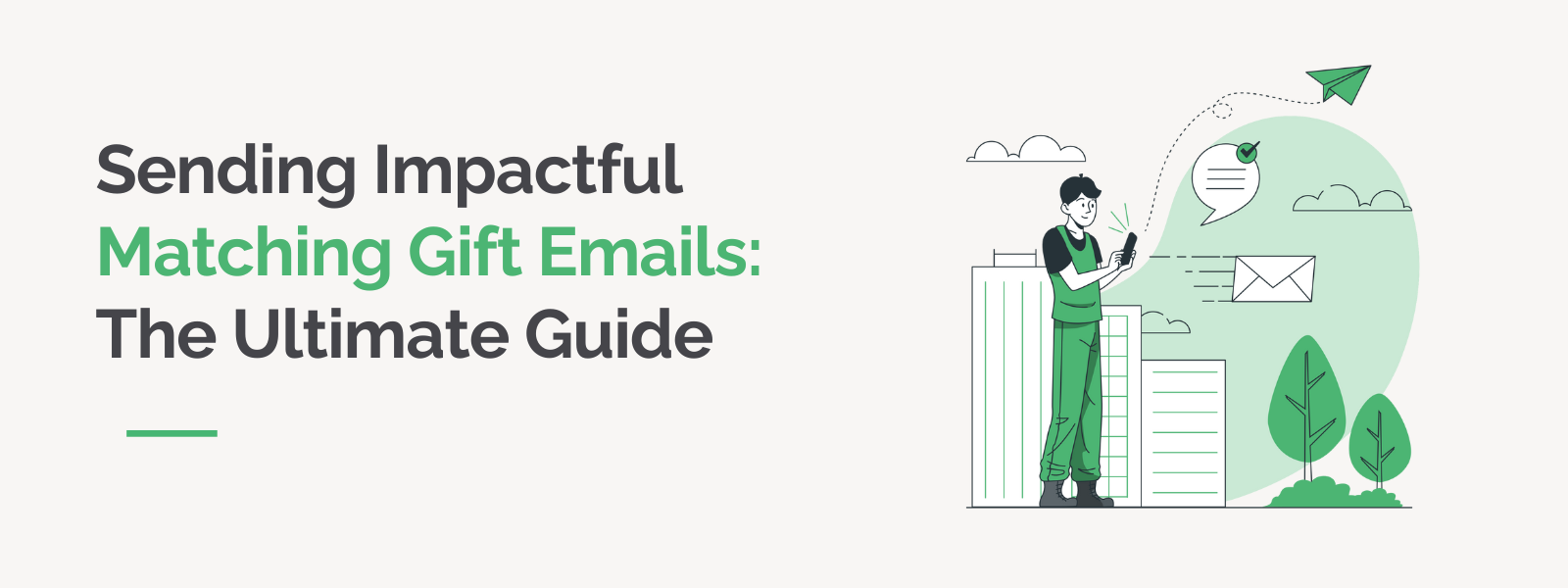 https://doublethedonation.com/wp-content/uploads/2025/04/DTD_Sending-Impactful-Matching-Gift-Emails-The-Ultimate-Guide_Feature.png
600
1600
Adam Weinger
https://doublethedonation.com/wp-content/uploads/2025/11/DTD-horizontal-logo-300x63.png
Adam Weinger2025-04-03 18:47:002025-04-09 15:50:18Sending Impactful Matching Gift Emails: The Ultimate Guide
https://doublethedonation.com/wp-content/uploads/2025/04/DTD_Sending-Impactful-Matching-Gift-Emails-The-Ultimate-Guide_Feature.png
600
1600
Adam Weinger
https://doublethedonation.com/wp-content/uploads/2025/11/DTD-horizontal-logo-300x63.png
Adam Weinger2025-04-03 18:47:002025-04-09 15:50:18Sending Impactful Matching Gift Emails: The Ultimate Guide
Cadence Sports Announces Integration Partnership with Double the Donation
Double the Donation has joined forces with Cadence Sports to…
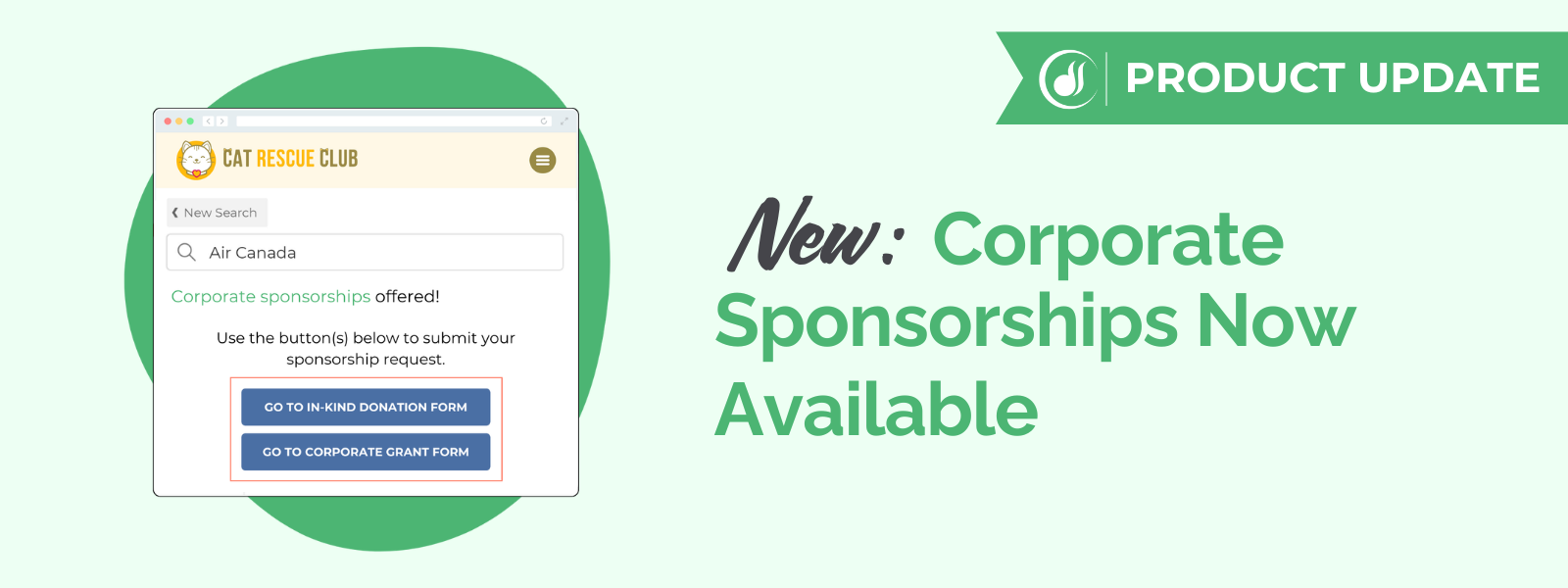 https://doublethedonation.com/wp-content/uploads/2025/03/DTD_Corporate-Sponsorships-Now-Available_Feature.png
600
1600
Erin Lavender
https://doublethedonation.com/wp-content/uploads/2025/11/DTD-horizontal-logo-300x63.png
Erin Lavender2025-03-21 16:16:352025-11-20 21:10:56New: Corporate Sponsorships Available Within Our Database
https://doublethedonation.com/wp-content/uploads/2025/03/DTD_Corporate-Sponsorships-Now-Available_Feature.png
600
1600
Erin Lavender
https://doublethedonation.com/wp-content/uploads/2025/11/DTD-horizontal-logo-300x63.png
Erin Lavender2025-03-21 16:16:352025-11-20 21:10:56New: Corporate Sponsorships Available Within Our Database
Announcing Our New Corporate Volunteer Email Streams
At Double the Donation, we’re always looking for ways to help…
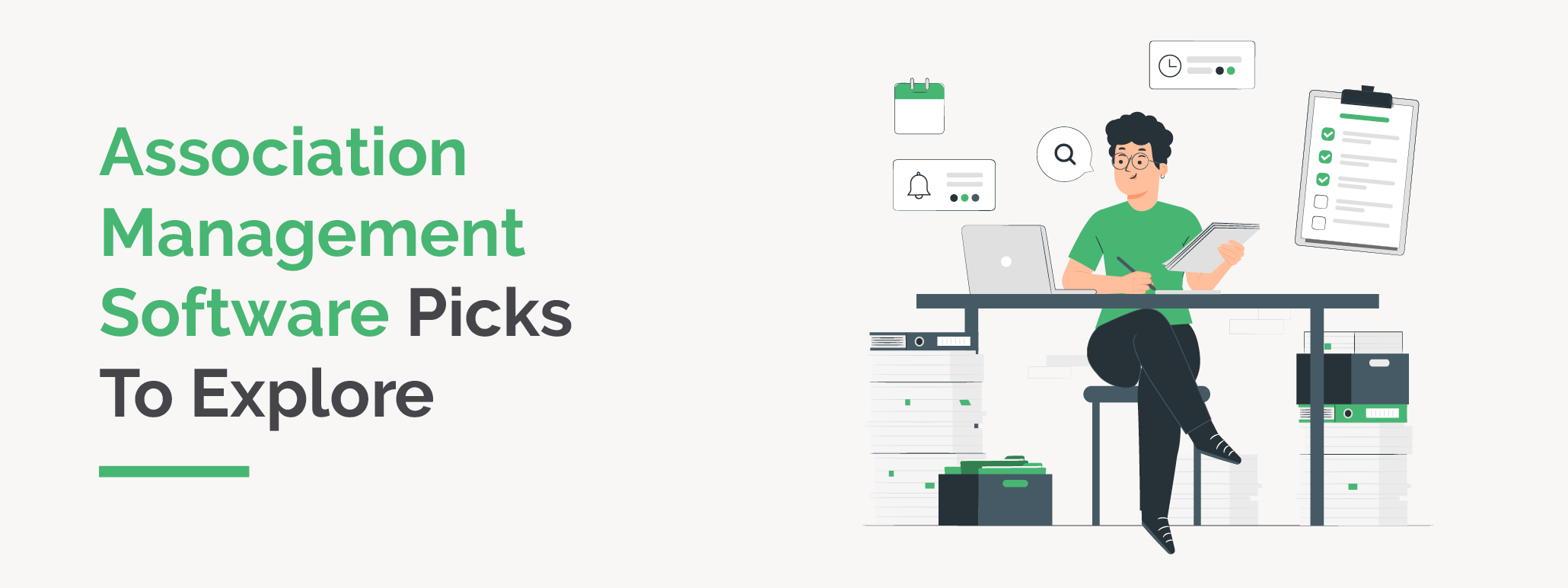
20+ Association Management Software Picks To Explore
As an association leader, your plate is full. Juggling member…
Double the Donation + MissionTracker Unlock Corporate Volunteer Opportunities
Double the Donation is thrilled to announce its newest partnership…
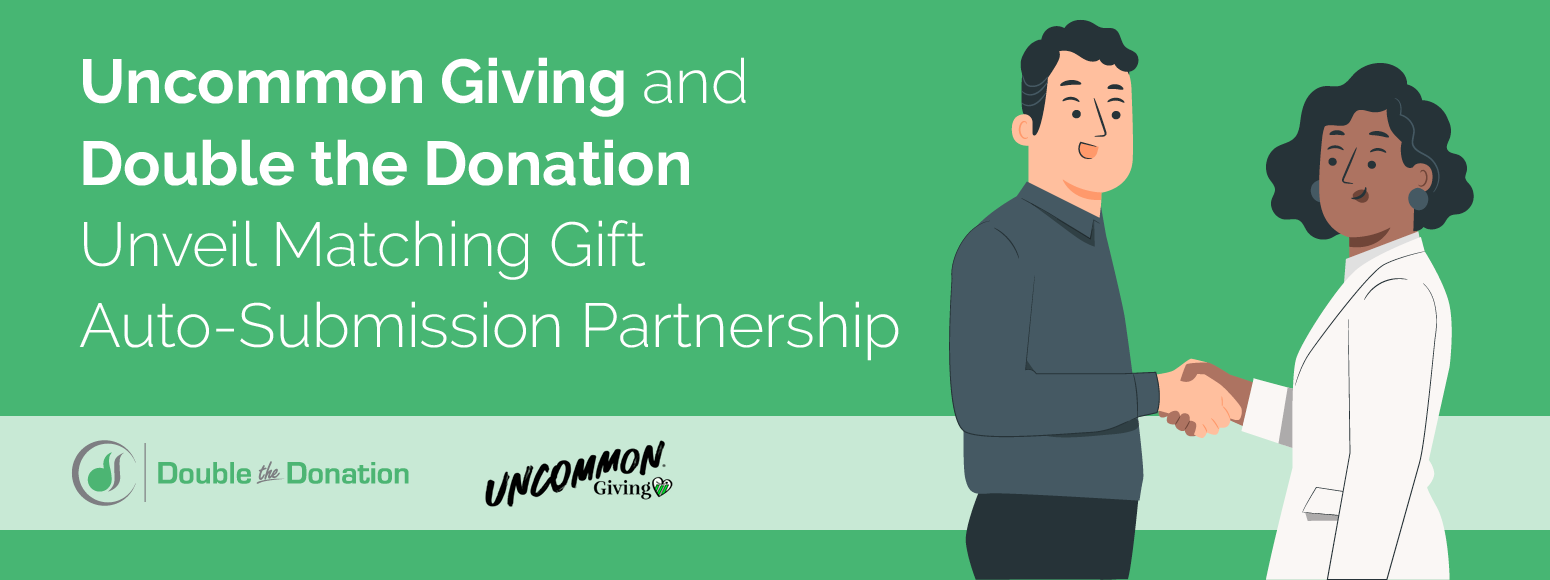
Uncommon Giving and Double the Donation Unveil Matching Gift Auto-Submission Partnership
Double the Donation and Uncommon Giving have partnered to release…
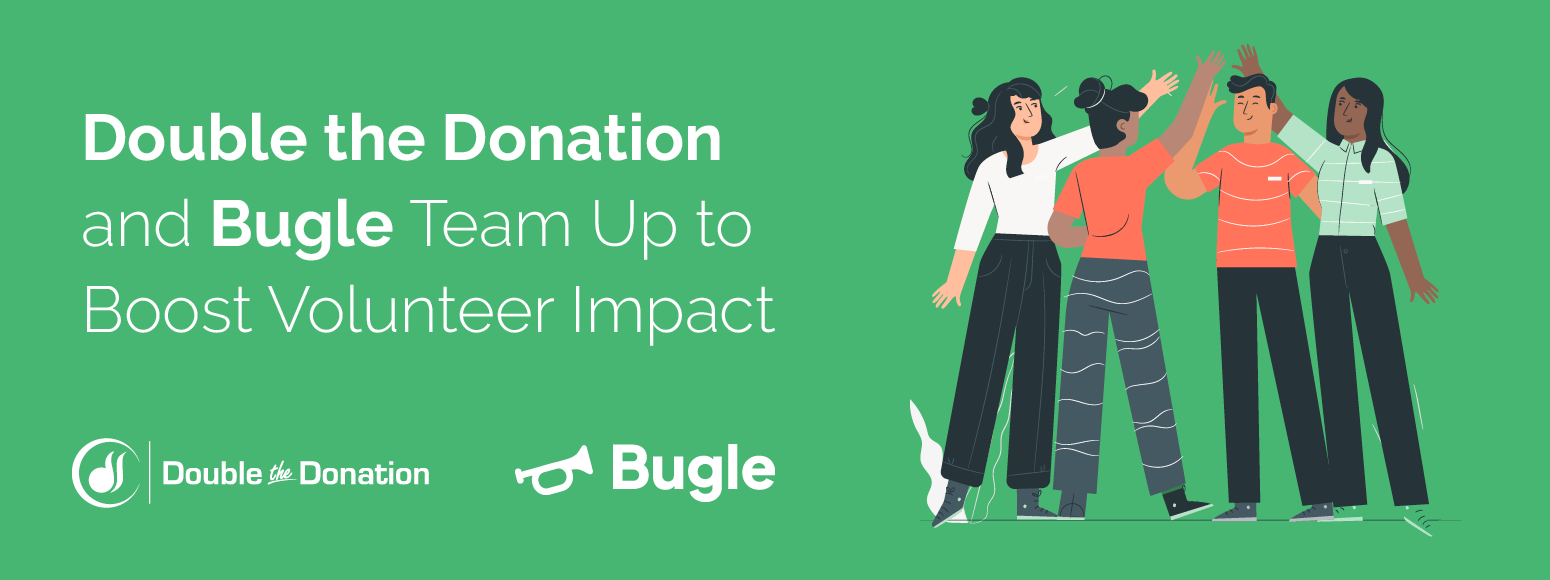
New Integration: Double the Donation and Bugle Team Up to Boost Volunteer Impact
Double the Donation is thrilled to launch a new partnership with…
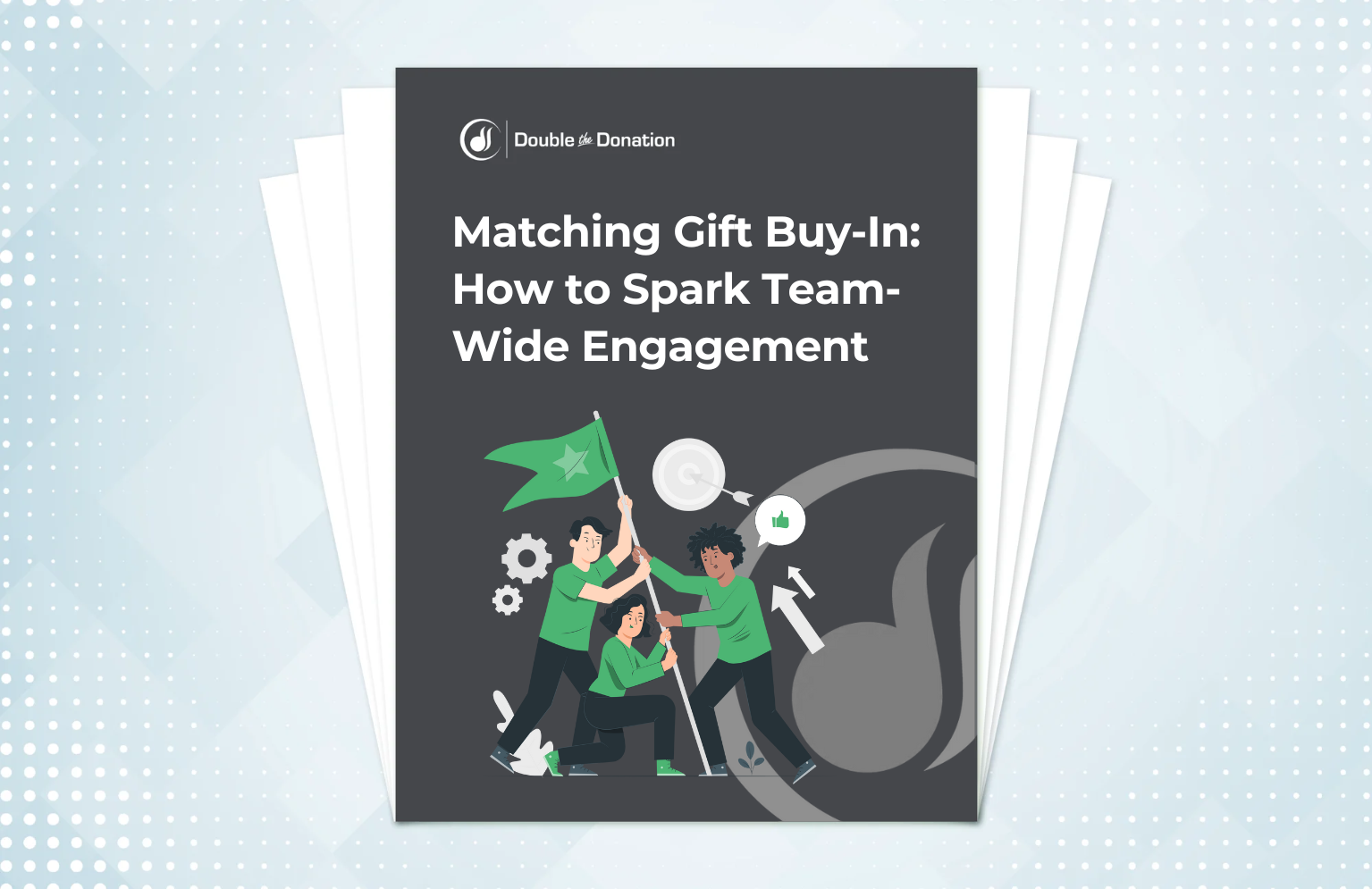 https://doublethedonation.com/wp-content/uploads/2024/12/Matching-Gift-Buy-In-How-to-Spark-Team-Wide-Engagement_Download.png
995
1535
Adam Weinger
https://doublethedonation.com/wp-content/uploads/2025/11/DTD-horizontal-logo-300x63.png
Adam Weinger2024-12-10 19:10:142024-12-11 16:51:47[Free Download] Securing Matching Gift Buy-In
https://doublethedonation.com/wp-content/uploads/2024/12/Matching-Gift-Buy-In-How-to-Spark-Team-Wide-Engagement_Download.png
995
1535
Adam Weinger
https://doublethedonation.com/wp-content/uploads/2025/11/DTD-horizontal-logo-300x63.png
Adam Weinger2024-12-10 19:10:142024-12-11 16:51:47[Free Download] Securing Matching Gift Buy-In
Matching Gift Content Calendar: Marketing Through the Year
Incorporating matching gifts into your nonprofit’s marketing…

